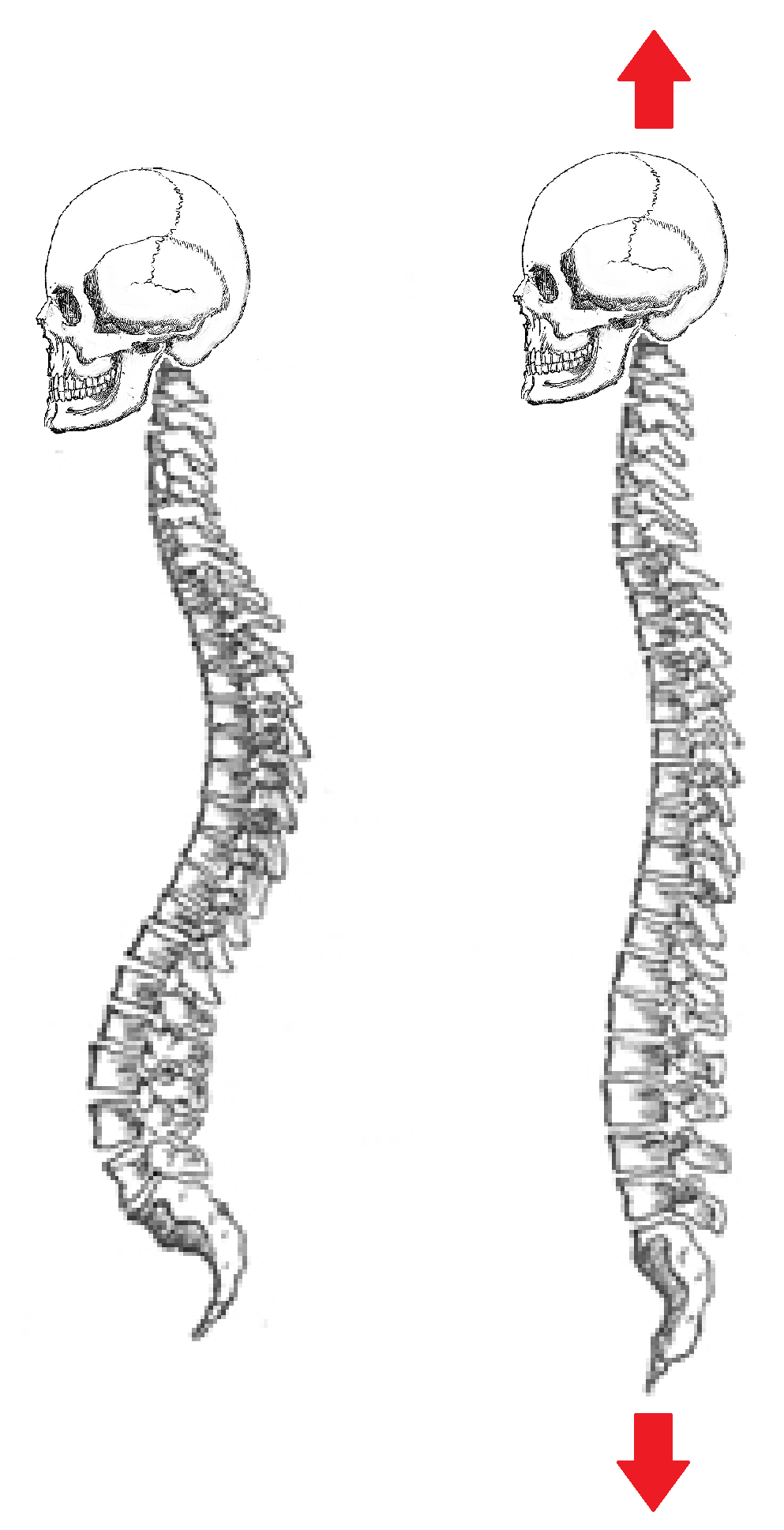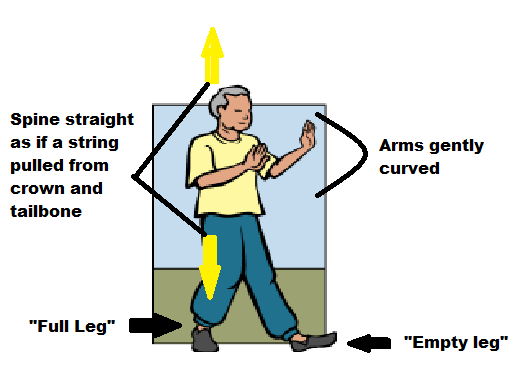Type one diabetes is the result of the pancreas not producing insulin (as opposed to type two diabetes, in which the body becomes resistant to insulin). Diabetes is considered a metabolic disorder, resulting from the way the body uses digested food for energy(1). Type one and type two diabetes can occur for a variety of reasons, including genetic defects, pancreatic diseases, certain drugs or chemicals, infections, and other conditions. As such, Tai Chi and other Metarobic type exercises may have limited direct effects on at least some forms of diabetes. However, as a metabolic disorder, it can be hoped that Metarobic effects may help or even prevent diabetes. Some scientists are researching possible links between certain viruses and diabetes (2,3), in which case, since it has been shown that Tai Chi can help the body combat viruses as a whole (4,5), then there may be some preventive effect via a secondary approach. Potential benefits of Metarobic exercises may relate to hypoxia (oxygen deficiency) and diabetes, due to the interactions between high blood sugar and hypoxia, and effects on cytosolic and mitochondrial free NADH (an enzyme involved with metabolic pathways and linked to diabetic complications (6)). The main points of interest is that hypoxia, or oxygen deficiency, is once more a culprit in poor health outcomes. This indicates the importance of investigating potential effects of Metarobic type exercises such as Tai Chi on hypoxic conditions. See Tai Chi Therapy: The Science of Metarobics for the full overview of Metarobic theory and diabetic research, including other metabolic consequences of diabetes, and potential effects on pancreatic cell death..
Keith’s Cure and Type One Diabetes
Following is the case story of Keith Ram Prakash Curbow, who believes that Metarobic exercises and diet cured him of type one diabetes (documented by his doctor, see links below). Part of what Keith feels cured his type one diabetes was the mindfulness based effects on stress and anxiety, as a mind/body practice. As a sophomore in a New York high school, he had been dealing with high levels of stress, anxiety, mental anguish and depression. He then began to suffer the typical symptoms of diabetes - excessive thirst, frequent urination, insatiable hunger, significant weight loss and changes in vision. Doctors did tests, and confirmed type one diabetes. Keith began taking normal doses (on the lower end) of insulin injections. In college he started mindfulness meditation, which he said helped with his blood sugars, so that he could cut his insulin. He also started to eat healthier. He cut down on his carbohydrates, and ate more whole grains. Keith stated that when he was consistent with his meditation, he was taking only two to three total units of insulin (Sitting meditation can also be a metarobic practice, by focusing on relaxation and the breath. See my September post, Metarobic Theory, Cancer, and Telomeres – The Health and Longevity Hidden in Our DNA for relevant research ).
Then Keith’s former boss, who did Yoga, suggested that he try a Kundalini Yoga class which focused on meditation. After eight months of consistent practice, Keith needed almost no insulin. He also completely stopped eating any kind of grain and milk, and progressed to not needing any insulin. Initially he experienced headaches, sweating, irritability and discomfort, which he attributed to sugar withdrawals. But these symptoms went away in a short time. At times he stated he would eat a pizza, and his blood sugar would only be 90 an hour later. If his blood sugar did spike (to 190-220), such as after eating a power bar, he would do some metarobic exercises such as Qigong or Yoga, instead of taking insulin. One Qigong exercise, called the watermill exercise, would bring his blood sugar down from the high levels to 80-120 within 20 minutes (normal ranges are considered to be under 99 before eating, and under 140 two hours after eating). He would also use walking as an exercise, with a focus on the breath and stretching through the pancreatic meridian, while visualizing electricity or Qi stimulating his pancreas. By the end of the walk, his blood sugar was in the normal range.
As with all Metarobic exercises, dosage was an important factor for such a severe condition. Keith was waking up at 4:30 in the morning to do two and a half hours of yoga, in addition to his evening and other practices. He stated that discipline was key for making these changes (which can be supported by health behavior theories and models – see below). Keith noted that it was worth it, for giving him peace of mind and curing his type one diabetes. His blood sugar is now consistently in the 70’s when he wakes up in the morning. He even tried a double scoop ice cream cone, and experienced normal blood sugar measurements (one hour after just below 160, 90 minutes after 130, and two hours after within the normal range at 100). He noted that he did this as a test, but does not eat ice cream on a regular basis, since it is not healthy. Keith’s endocrinologist feels that there must have been beta cells still functioning, and that the new diet and Metarobic practices may have arrested the auto-immune response, and allowed beta cell regeneration. Surprisingly, Keith stated that diabetes was the best thing that ever happened to him – it forced him to re-evaluate and change his lifestyle, to become healthier in mind and body than he ever would have been without diabetes. If you would like to read Ram Keith’s full account of his battle with diabetes, and notes from his endocrinologist please see the links below. It will take a lot of research to discover if and exactly how Metarobic exercises may affect various forms of diabetes. In the meantime, if you have a story you would like to share, please e-mail: [email protected].
http://type1nomore.blogspot.com/2013/08/my-diabetes-history.html
http://type1nomore.blogspot.com/2013/08/info-from-my-endocrinologist.html
In my next post, I will give an example of using the transtheoretical model for health behavior change, related to Tai Chi and pre-diabetes, continuing my series on using health behavior models and theories for enhancing the success of positive lifestyle changes.
References
1. American Diabetes Association. Diabetes Basics.
http://www.diabetes.org/diabetes-basics/prevention/pre-diabetes/
2. National Diabetes Information Clearinghouse (NDIC). Causes of Diabetes.
http://diabetes.niddk.nih.gov/dm/pubs/causes/
3. 10 U.S. Department of Health and Human Services. National Diabetes Information Clearinghouse (NDIC) http://diabetes.niddk.nih.gov/dm/pubs/overview/
4. Yang Y, Verkuilen J, Rosengren KS, Mariani RA, Reed M, Grubisich SA, Woods JA. Effects of a Taiji and Qigong intervention on the antibody response to influenza vaccine in older adults. American Journal of Chinese Medicine. 2007; 35(4):597-607.
5. Yeh, S., Chuang, H., Lin, L., Hsiao, C. & Eng, H. (2006). Regular tai chi exercise enhances functional mobility and CD4CD25 regulatory T cells. British Journal of Sports Medicine, 40, 239-243.
6. Nyengaard JR, Ido Y, Kilo C, Williamson JR. Interactions Between Hyperglycemia and Hypoxia: Implications for Diabetic Retinopathy Diabetes. 2004; 53(11): 2931-2938




 RSS Feed
RSS Feed